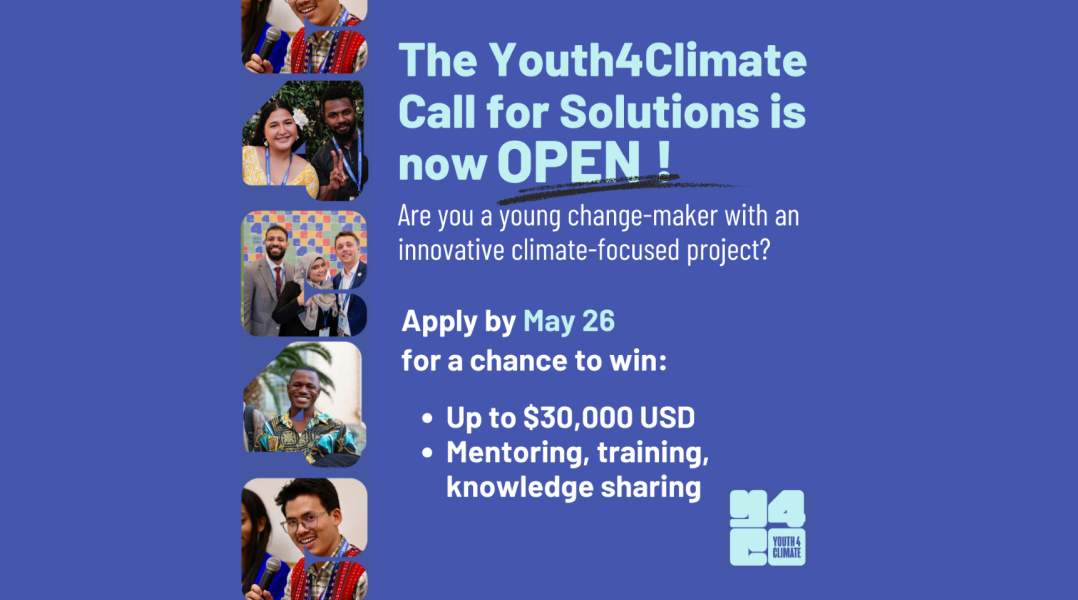Prevention of Textile Waste in the Nordic Region
Useful for policymakers and researchers wishing to map flows of new and used textile flows as a first step in developing textile circularity policy.
Overview of new and used textiles in three Nordic countries (Denmark, Finland and Sweden) and first proposals for policy measures to reduce textile waste and increase circularity.
This is a research-based initiative. The overall objective was to widen the knowledge base on flows and fate of new and used textiles and textile waste in selected Nordic countries, to provide a good basis for the development of effective policy measures for textile waste prevention. The research aimed to:
1. Map clothing and household textile flows in three Nordic countries (Denmark, Finland and Sweden), from the time they are put on the market until their end-of-life?
2.Identify waste prevention interventions with a focus on extended producer responsibility (EPR)
The research focused on 3 Nordic countries, but the results are of interest in all OECD countries with an interest in reducing the impacts of textile consumption The following activities were carried out under the project.
Mapping of textile flows:
- Use of import, export and production statistics to calculate totaly supply of new clothing and textiles and exports of used textiles
- analysis of waste statistics
- Interviews with used textile collection organisations, resuse and share platforms and some key procurors of textiles such as hospitals and textile service providers (laundries)
Identification of potential policy measures
- Interviews with stakeholders from the textile value chain including brands, sharing and second-hand platforms, collection organisations, secondhand retailers, tailors and consumers
- consultation on draft policy measures with a Steering Group comprising 5 members from inudtsry, academia and waste authorities
The study found that:
- More than half of the textile products used by consumers (new products as well as second hand) are discarded as waste after first use. The total amount in the three countries waqs ca. 145,000 tonnes, and the vast majority are incinerated or landfilled
- Textile consumption has been increasing. In Sweden, the quantity of products put on the market increased by 40% from 2000 to 2009
- Charity organizations are the main entity in charge of collection of reusable textile products, but there has been growing interest among private consumers to reuse clothes in all three
countries and these private transactions take place not only via charity organisations but increasingly via venues such as Internet and flea markets, without intermediate actors.
- It is hard to estimate quantities of textiles sold on second-hand markets either domestically or abroad
- There is a gap between the supply of new textiles and estimates on total flows of used textiles in mixed waste and collected seperately. This gap may partly be explained by increased storage of textiles in households
- In Finland 13% of total supply of textiles is estimated as recycled as industry wipes or other products. In Denmark and Sweden, some recycling facilities for textile waste used to exist, but has reduced drastically due to high labouyr costs in sorting
- More than half of the textile products collected by second-hand actors are exported, but the flow of exported second-hand textile products is not well known
The study led to further studies and activities by the Nordic Council of Ministers in this area under the Green Growth Initiative leading to the Nordic Commitment on Reuse and Recycling of Textiles and the Nordic Strategy to Increase Reuse and Recycling of Textiles



